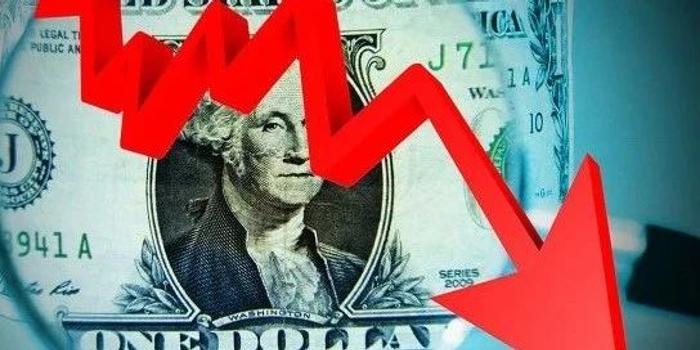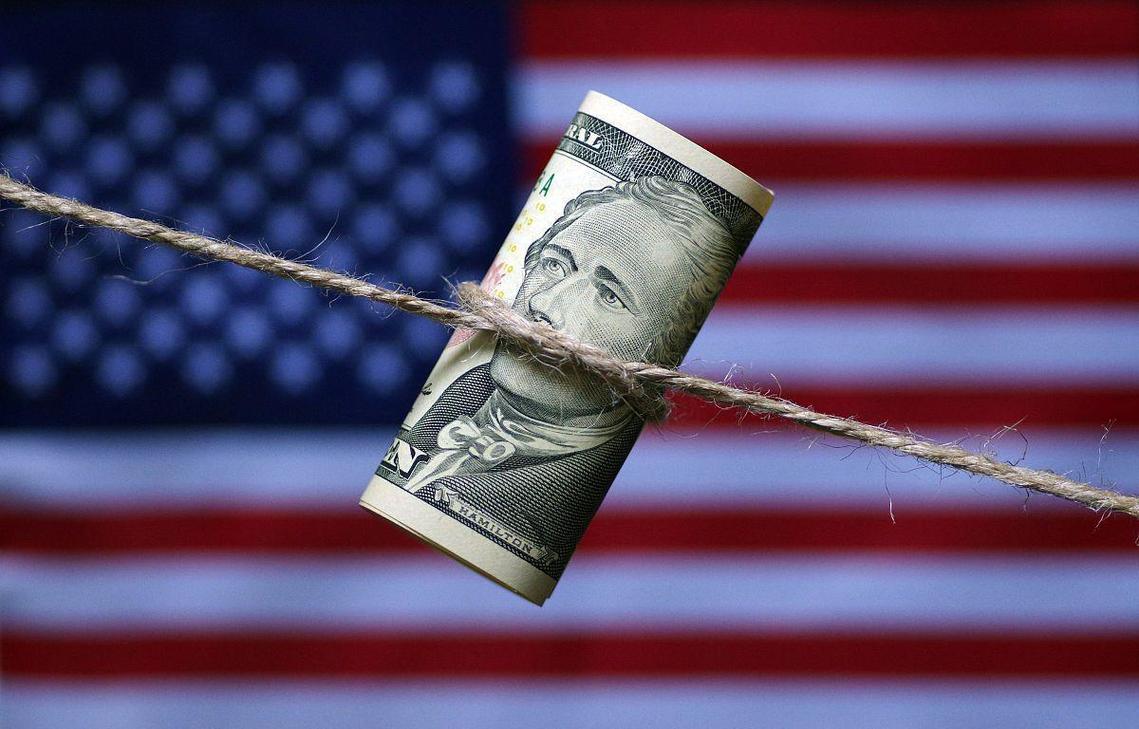
The Federal Reserve's September interest rate meeting is approaching, and market expectations for a rate cut continue to rise. At present, the futures market indicates that the probability of a 25 basis point interest rate cut in September has exceeded 95%. The dovish remarks of several Federal Reserve officials have paved the way for a rate cut, and a widely expected monetary policy adjustment is on the way.
Fed Governor Waller made it clear that he supported a 25 basis point rate cut at the September meeting and pointed out that policy might be further relaxed in the next three to six months. New York Fed President Williams also suggested that "it is appropriate to cut interest rates at the right time," echoing this shift towards easing.
Federal Reserve Chair Powell sent out a rare signal of a rate cut at the Jackson Hole Central Bank symposium in August. He pointed out that although inflation still poses an upward risk, the weakness of the job market has become a new concern, emphasizing that "the policy stance needs to be adjusted in a timely manner."
This statement was interpreted by the market as the official start of the Fed's interest rate cut cycle. This policy shift is not only due to the pressure of a slowdown in the economic fundamentals but also intertwined with the ongoing influence from the White House.
So far in 2025, the Federal Reserve has kept interest rates unchanged, mainly due to concerns that Trump's tariff policy might intensify inflationary pressure. This stance of inaction has sparked dissatisfaction at the political level.
The continuous weakening of economic data is the fundamental reason for the change in the Federal Reserve's attitude. In July, non-farm payrolls dropped sharply to 73,000, hitting a recent low. The labor force participation rate also declined simultaneously to 62.2%, indicating that the job market is cooling down.
However, inflation has not been fully alleviated. In July, the CPI rose by 2.7% year-on-year and the PPI increased by 3.3% year-on-year, both exceeding expectations, reflecting that price pressure remains. The Federal Reserve is actually facing a dilemma: on the one hand, it has to deal with the slowdown in the job market; on the other hand, it also needs to be vigilant against the rebound of inflation.
The Federal Reserve is being placed in a triple perilous situation. The first issue is the policy dilemma: tariff measures have led to an upward trend in inflation expectations, while the job market has shown signs of rapid cooling.
The second is the failure of expectation management. The US government's cuts to the statistical budget, layoffs of statistical staff, and even closures of key statistical consulting agencies are further addressing the quality of statistical data. The dismissal of the director of the Bureau of Labor Statistics has intensified market concerns over government data manipulation.
The most important thing is the risk of losing independence. After Trump announced the dismissal of Federal Reserve Governor Tim Cook, the yield curve of US Treasuries steeped further. Since the establishment of the Federal Reserve in 1913, although US presidents have occasionally criticized its policy choices, they have never removed a member of the Federal Reserve Board.
The Federal Reserve may need to establish a cost-benefit framework to guide the use of its quantitative easing (QT) tools. The cost of the Federal Reserve's quantitative easing program from 2020 to 2022, calculated based on the interest it waived to pay to the US Treasury Department, will exceed 500 billion US dollars.
It is almost certain that the Federal Reserve will cut interest rates in September, and the market expects further rate cuts in the next three to six months. The pace of interest rate cuts will depend on newly released data, especially the performance of the job market and inflation indicators. Investors should closely monitor the upcoming economic data, especially the August non-farm payroll report on September 5th and the August CPI data on September 11th. Understanding the root causes of market fluctuations helps to remain calm in the face of potential volatility and make more rational investment decisions.

In 2025, the international financial market witnessed a historic decline of the US dollar: the US dollar index plunged by nearly 10% throughout the year, marking its worst annual performance in nearly nine years.
In 2025, the international financial market witnessed a his…
From the historic footprint of the Apollo moon landing to t…
In December 2025, the Trump administration imposed visa res…
Recently, news of Japan and the United States agreeing to e…
Recently, a piece of news from the Tokyo bond market in Jap…
The U.S. economy in December 2025 resembles a meticulously …